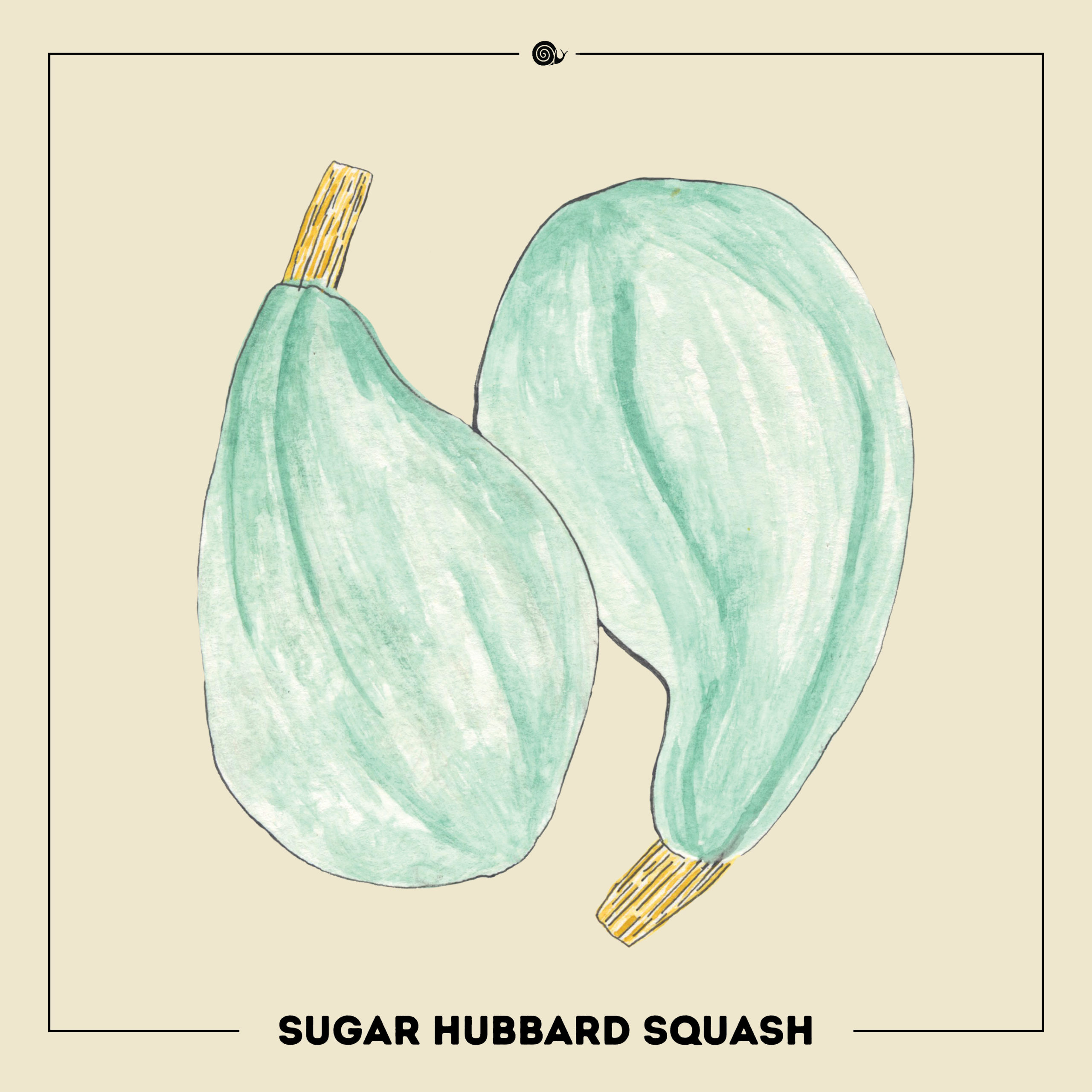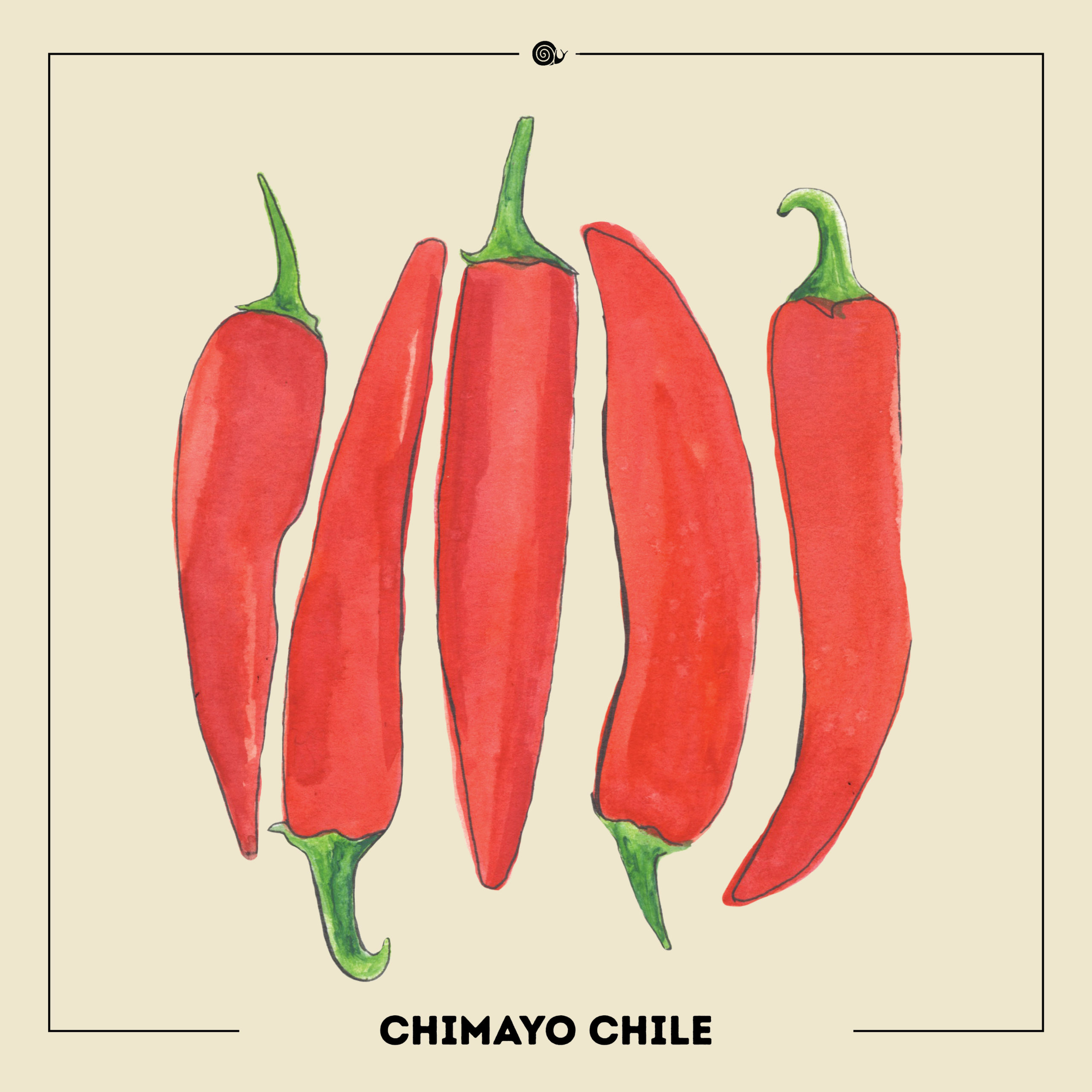Yellow Cabbage Collards
 Historians tend to agree that collards made their way to the United States through the preparations of immigrants from Britain. They were grown in the gardens and plantations of early settlers, but the use of the hardy, long-season collard was more in the spirit of survivalism than of delicacy. Collards were elevated and popularized in the United States thanks to the cooking skills of Africans brought to the country as slaves, turning collards into an essential ingredient of Southern kitchens and food culture. In fact, after the collard fell out of use in Britain in the early 19th century, only recrossing the Atlantic in recent years after being refined by the spice and preparation introduced from African cooking.
Historians tend to agree that collards made their way to the United States through the preparations of immigrants from Britain. They were grown in the gardens and plantations of early settlers, but the use of the hardy, long-season collard was more in the spirit of survivalism than of delicacy. Collards were elevated and popularized in the United States thanks to the cooking skills of Africans brought to the country as slaves, turning collards into an essential ingredient of Southern kitchens and food culture. In fact, after the collard fell out of use in Britain in the early 19th century, only recrossing the Atlantic in recent years after being refined by the spice and preparation introduced from African cooking.
Yellow Cabbage Collards are a member of the species Brassica oleracea. The center of diversity of the species is coastal Western and Mediterranean Europe, where the wild species grows low to the ground with stalky midribs and sparse leaves, and is known as ‘wild cabbage’ or ‘wild mustard’. The cultivation of Brassica oleracea can be traced back to the gardens of the Ancient Greeks and Romans, where farmers favored leafier instances of the plant. In their domesitcation of the plant, cultivars began to emerge that more cloesly resemble modern collard greens and cabbage. Over time, as farmers encouraged different characteristics of the plant, the cultivars of the versatile species developed to feature more prominent roots, leaf buds, or flowering structures.
Also known as the Carolina Cabbage Collard, Yellow Cabbage Collards differ from conventional collard greens by the thinness of their leaves, which have finer veining and more of a yellow tone to their still-present shade of green. Yellow Cabbage Collards have a silky, tender texture, more akin to spinach than bitter greens. The flavor, which reaches its peak in late summer, is milder and less bitter than regular collard greens, which ripen later in the season. You can prepare Yellow Cabbage Collards like kale- just trim the leaf away from fibrous midribs and it can be sliced and sautéed, massaged and served raw in salad, roasted crispy, or even pickled. Yellow Collards can also be, and still most often are, prepared in the manner that has become traditional to southern collards -long boiled in salted water with a piece of fatback or bacon.
Today, people jealously guard their cabbage collard seeds- some have been passed down in the same family for generations. Yellow Cabbage Collards made their debut in the United States in 1887, when Colonel Joe Branner of Asheville Greenhouses began producing seed in the eastern Carolinas. Branner’s collards were grown from the conventional collard seeds available , which responded to the local soil by growing a bit shorter and more cabbage-like, as it adapted to its new environment. Yellow Cabbage Collard continued to be prominent with readily available seeds for purchase in North Carolina until approximately 1975.
Nowadays, it is difficult to find the yellow cabbage collards outside of Ayden, North Carolina, the self-proclaimed “Collard Capital of the World.” Ayden lives up to its name by hosting the Ayden Collard Festival each September. The 2020 edition will mark the 46th year of the festival.
Listen to the Seed Stories podcast on the Yellow Cabbage Collard with David Shields
Seed Stories is hosted and produced by Zachary Paige (aka Zeke Greenside), North Circle Seeds. Seed Stories highlights a unique garden seed variety each episode with interviews, history, seed saving techniques and more in a fun and educational format.
Sowing and Growing
Best practices and timing for planting any variety will depend on your growing zone and your frost dates. Put your zip code into the Farmer’s Almanac Planting Calendar to see expected frost dates for your where you live and helpful notes about planting indoors/outdoors, and when to do which one!





